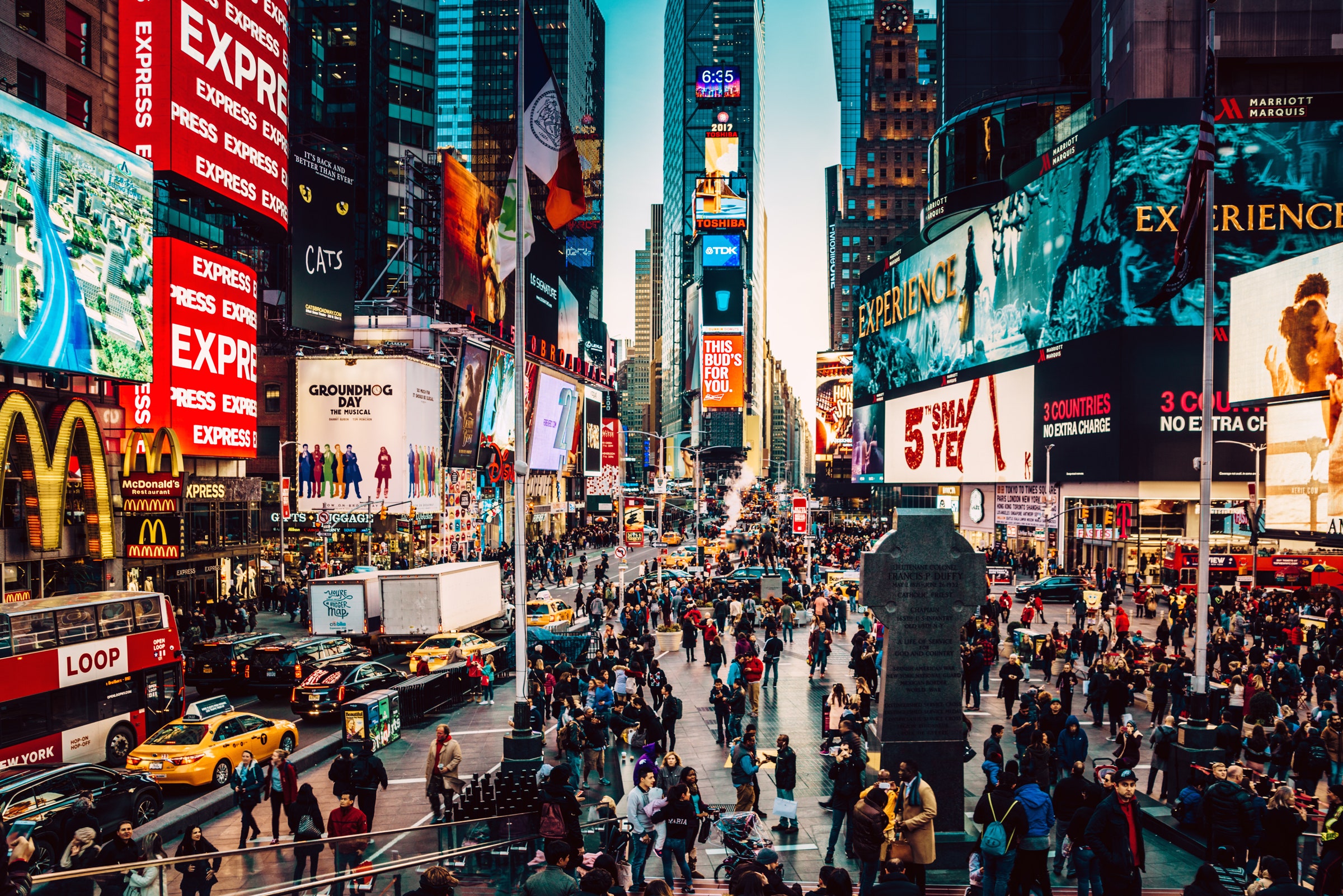A rat scurries into frame. You don’t see it so much as you lose all your attention to the eruption of noise. As abruptly as changing tracks on Spotify, the background din of shoppers negotiating with traders is replaced by screaming howls. Shopkeepers abandon their stalls. Everybody darts across the frame. Somebody chuckles. The cameraman, unseen and silent, holds his nerve and keeps moving.
One man grabs a plastic milk crate and tries to smash the rat, but we, the viewer, must be rooting for it hard enough that it escapes its death sentence and flees to safety. Pausing neither for the outbreak of chaos nor the peoples’ fading, nervous laughter as the episode ends as briskly as it began, the camera floats onward through the market and out onto the sidewalk. If your Spanish is good enough, you can pick up bits of background conversations. Two people walk past. The camera doesn’t wait for them, but you hear just enough to know they’re talking about a piece of software at work. Like the rat, it’s an endearing moment that couldn’t be scripted.
This video of Mexico City comes thanks to a relatively new group of YouTubers helping folks around the world experience many of our most astonishing cities as though they were casually walking through them. From helping those with disabilities explore to aiding folks like me in planning my travels, channels like these aren’t just for those who need a temporary break from their boring local scenery: They’re a great way to investigate the real world on the cheap.
Back in 2018, when I was considering some major moves in my life but bereft of any real direction they should take, I somehow landed on Mexico City. Like a lot of Americans, I knew Mexico as a place of dusty deserts and tropical tourist traps, but very little about its capital city. As I dug in I got excited. It’s cold there in the winter? It’s got more people than New York City? Whoa! What I read was awfully intriguing, but bare words could only tickle my imagination.
Moving somewhere I’d never been sounded like fun, yet I still wanted some grasp of the city before I made the commitment. What’d it look like, street-level? Do people stay out absurdly late into the weeknight, like in Cairo and Istanbul? Do they seem to live every leisure moment outside at parks and sidewalk cafés, like in Prague and Old San Juan? Are the streets as musical as Tbilisi’s, the bars as cozy as Berlin’s, the traffic as chaotic as Hanoi’s?
I could find tons of forum posts, blog stories, and vlogs with annoyingly blabber-mouthed hosts, but those were always presented through somebody else’s filter. I wanted them out of the way. I wanted to be there without physically going there. Money was precious. YouTube was free.
I stumbled onto Wanna Walk, a YouTube series relatively new at the time. There were a few videos, long takes of nothing but walking through the city in one big cut. Some videos lasted 30 to 45 minutes. There was no narration, no plot. It was exactly what I was looking for.
Whoever shot it was obviously using a gimbal to steady the shot and an external microphone to pick up the snippets and scraps of the city inhabitants’ gossiping, teasing, wooing, joking, and griping. I dug in deeper and noticed there were more channels like this. Today, you can find similar one-take, narration-less walking tours on YouTube channels such as Nomadic Ambience, ProWalk Tours, and Watched Walker.
As I learned more about the creation of these videos and their creators, I learned that though the videos are not scripted or staged, those who make them often do aim to capture a certain vibe in a place, and will reshoot things they don’t think are working—like being noticed by too many folks in the videos.
“I admit that I am a bit obsessive with perfection,” wrote Wanna Walk’s Pablo Kersz, from Argentina, years after I discovered the channel, in an email exchange. "I have recorded some scenes more than 15 times!”
“In order not to alter the scene and capture daily reality spontaneously, I must be discreet and go unnoticed," he said. He prefers filming megalopolises because they’re like many cities in one, and he avoids tourist districts in favor of less visited neighborhoods.
Without a plot, obviously, there’s no conflict, but there’s always an element of suspense and surprise as the camera—and you along with it—meander with no apparent itinerary. Where will you end up next? Where are you going right now? You may be in a park on the city’s edge one moment, watching a man sell his street art, and wind up in the financial district at sunset as the skyscrapers disgorge their office workers for the evening.
On Wanna Walk’s channel, there are closed captions in 35 languages, sometimes more, so you can eavesdrop on the conversations of passersby even if you don’t speak the language. Kersz has recorded across the world since his initial Mexico City videos: Buenos Aires, New York City, Havana, Santiago, London, Madrid, and more.
There’s a sense of novelty to the approach, but if you peer deeply enough into the past, you can find short films of quiet, lengthy shots on long-gone city streets. For the most part, they’re not saddled with narration because they’re silent movies. It’s as if as soon as people figured out how to add sound to film reels, they figured the audience would always want to hear them talking nonstop.
Making the rounds online in recent years has been 1897’s charming Bataille de neige, an early short film by the Lumière brothers of a snowball fight somewhere in late 19th-century France. Then there’s this short film of 1911 New York City, which doesn’t fit the single unbroken take aesthetic of the modern YouTube walking tours but has a similar fly-on-the-wall mood.
There’s something deeply personal and intimate about these sorts of personal moments in public places, moments we witness every day of our lives, or would witness if we’d snap out of our preoccupations and notice more often. Videos like these encourage us to do that.
I wonder whether it’s because we’re so assaulted by screens that we’ve lost much of our ability and motivation to take enough pauses during the day, and so we compromise by taking those pauses digitally, through our screens, in the way of watching unboxing videos and streams of people eating dinner. It’s still in two dimensions, but it goes down like white bread. Something wholesome and more real, versus all the sugar that is social media and useless clickbait.
In the end, I never made it to Mexico City. But I must’ve watched those Mexico City videos a hundred times that year. Life was too chaotic to travel, and yet it still feels in my memory like that summer I went to Mexico.







